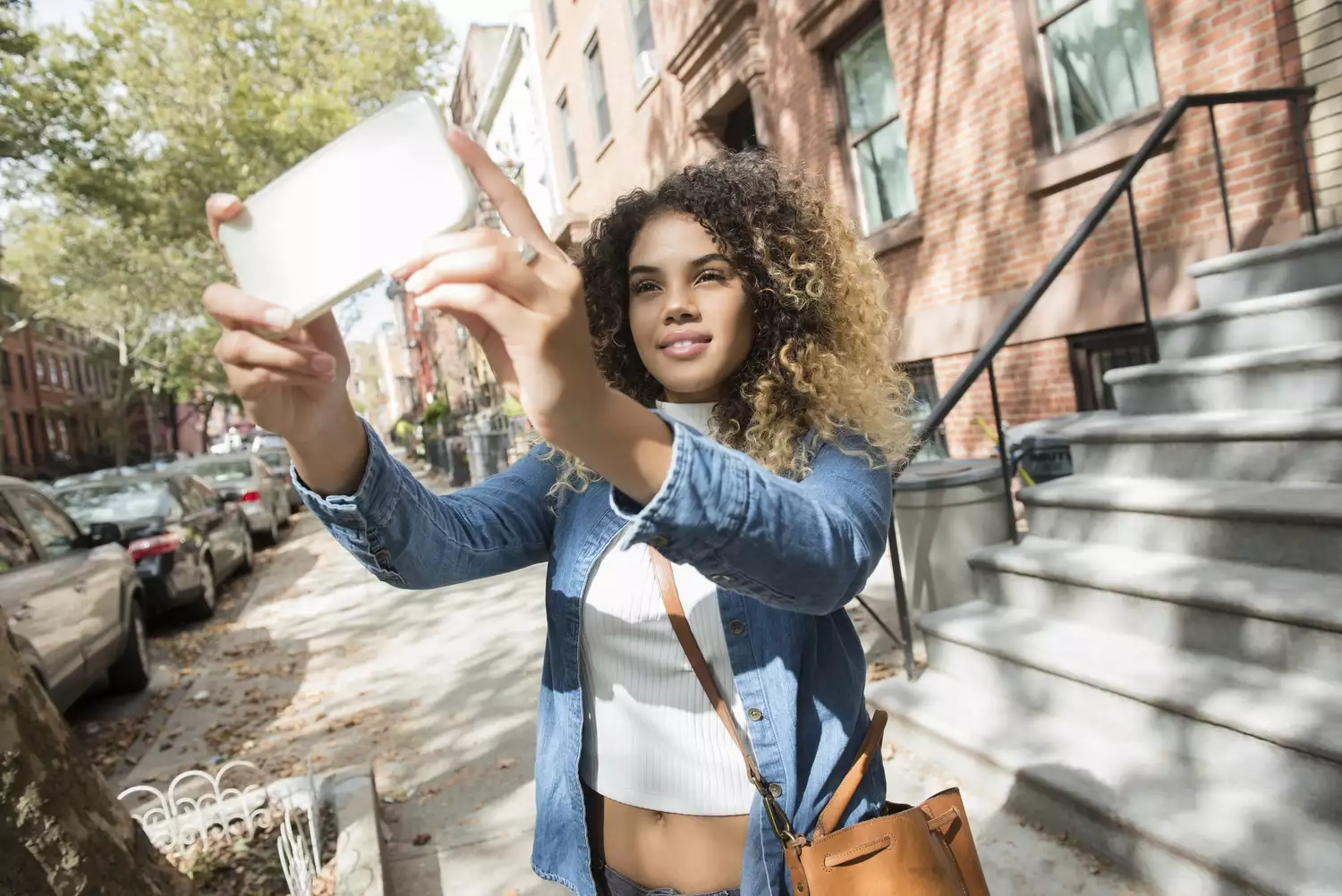The Complete Guide to Understanding White Privilege in 2025
Understanding white privilege is essential for building a fairer, more inclusive society. It’s not about blame—it’s about awareness. White privilege refers to the unearned advantages white people experience simply because of their race, often without realizing it. These benefits exist in healthcare, education, employment, and daily interactions, shaping life outcomes in profound ways. By recognizing these invisible advantages, we can take meaningful steps toward equity.
Recent studies from Stanford researchers highlight how systemic inequities persist across institutions, reinforcing the need for ongoing dialogue and action. Understanding white privilege helps bridge gaps in empathy and drives inclusive change.
Table of Contents
- Why This Matters
- The Origins of the Concept
- Real-World Examples of White Privilege
- How It Impacts Everyone
- Practical Ways to Acknowledge Privilege
- Common Misconceptions to Overcome
- Implementation Guide
- Key Takeaways
Why This Matters
Understanding white privilege isn’t just a social justice issue—it’s a societal necessity. When we ignore these invisible advantages, we perpetuate systems that disadvantage people of color. Acknowledging privilege doesn’t diminish personal struggles; it simply recognizes that race isn’t one of the barriers white people face.
In 2025, with growing awareness around equity in workplaces, schools, and communities, understanding white privilege is more relevant than ever. It fosters empathy, improves cross-cultural relationships, and supports inclusive policies.
Ignoring these dynamics can lead to ineffective diversity initiatives and missed opportunities for genuine connection and progress.
The Origins of the Concept
The term "white privilege" was popularized by scholar Peggy McIntosh in her 1988 paper "White Privilege: Unpacking the Invisible Knapsack." She described it as an invisible weightless knapsack filled with special provisions, maps, passports, codebooks, visas, clothes, tools, and blank checks.
McIntosh’s work revealed how white people often move through life without considering race—a luxury not afforded to people of color. Her framework laid the foundation for modern discussions about systemic advantage.
The concept gained widespread attention during the 2020 Black Lives Matter protests, but its roots extend back decades. Today, understanding white privilege is supported by extensive research, including Harvard studies on institutional bias and racial disparities in opportunity.
Real-World Examples of White Privilege
Shopping and Consumer Experience
White privilege shows up daily in shopping environments. A white person can walk into any store and expect to find band-aids, makeup, or lingerie in their skin tone. They rarely worry about being followed by security or assumed to be a shoplifter.
- Foundation shades match their skin without hunting through specialty brands
- "Nude" colored products actually reflect their skin tone
- Employees don’t surveil them based on appearance
This convenience is invisible until contrasted with the experiences of people of color, who often face limited product ranges and heightened suspicion.
Healthcare Access and Treatment
Understanding white privilege includes recognizing disparities in healthcare. Studies show that non-white patients are less likely to receive pain medication, have longer wait times, and face dismissive attitudes from medical staff.
- White patients are more likely to have their symptoms taken seriously
- Doctors spend more time with white patients during visits
- Clinical trials historically excluded diverse populations, affecting treatment efficacy
These inequities contribute to measurable gaps in life expectancy and health outcomes, as documented in recent medical journals.
Education and Career Advancement
From school to the workplace, white privilege influences perceptions of competence and belonging. A white job candidate with the same resume as a Black applicant is statistically more likely to get called for an interview.
- Names perceived as "white" receive more callbacks than "Black-sounding" names
- Natural hair textures aren’t labeled as "unprofessional"
- Success isn’t questioned as being due to affirmative action alone
In schools, white students are less likely to be disciplined harshly and more likely to be recommended for gifted programs.
Safety and Law Enforcement
White privilege profoundly affects interactions with law enforcement. White individuals are far less likely to be stopped, questioned, or use of force during police encounters.
- Driving in any neighborhood rarely triggers fear of being profiled
- Calling the police for help doesn’t carry the same risk of escalation
- Parents don’t need to teach children how to survive police encounters
This sense of safety is a privilege many take for granted but is a daily concern for Black and Brown families.
Media Representation
White privilege includes seeing oneself reflected positively and widely in media. White people rarely question whether they’ll see characters who look like them on TV, in movies, or on magazine covers.
- Mainstream beauty standards align with white features
- News stories less often portray white communities as threatening or problematic
- Children grow up with abundant representation in books and film
This normalization reinforces a sense of belonging and cultural centrality that people of color often lack.
How It Impacts Everyone
Understanding white privilege isn’t just about recognizing advantages—it’s about how those advantages shape society for everyone. Privilege operates on both individual and systemic levels, affecting everything from housing policies to hiring practices.
For white people, privilege often creates blind spots. Growing up without racial barriers can make it difficult to see how race impacts others. This doesn’t mean white people haven’t struggled—it means their struggles weren’t caused by their skin color.
For people of color, the absence of these privileges results in cumulative disadvantages. These range from microaggressions to life-threatening situations, creating emotional, financial, and physical burdens.
When we all understand white privilege, we create space for empathy, allyship, and systemic change. It’s not a zero-sum game—equity benefits everyone.
Practical Ways to Acknowledge Privilege
1. Educate Yourself Continuously
Understanding white privilege starts with learning. Read books by Black authors, follow diverse voices on social media, and listen to lived experiences without centering your own feelings.
- Read "White Fragility" by Robin DiAngelo to understand common reactions
- Follow anti-racism educators on platforms like Instagram and LinkedIn
- Take online courses about systemic racism and equity
Education should be ongoing, not just reactive to current events.
2. Examine Your Environment
Look at your workplace, friend group, and media consumption. How diverse are they? Homogeneous environments reinforce privilege by limiting exposure to different perspectives.
- Notice who holds leadership positions in your organization
- Assess whose voices are centered in meetings or discussions
- Evaluate whose stories are told and celebrated in your media diet
Use these observations to make intentional changes toward inclusion.
3. Speak Up, Not Over
Use your privilege to amplify marginalized voices, not speak over them. This means stepping back in conversations and stepping up when others are dismissed or stereotyped.
- Credit colleagues of color for their ideas when they’re overlooked
- Challenge racist comments or jokes among friends or coworkers
- Support policies that promote equity, even when uncomfortable
Allyship requires action, not just intention.
4. Support Equitable Systems
Move beyond individual actions to support systemic change. This includes advocating for inclusive hiring, equitable education funding, and criminal justice reform.
- Vote for policies that address racial disparities
- Support businesses owned by people of color
- Donate to organizations fighting for racial justice
Systemic problems require systemic solutions.
Common Misconceptions to Overcome
"I’ve Struggled Too—How Can I Be Privileged?"
Understanding white privilege doesn’t deny personal hardship. It simply acknowledges that race hasn’t been an additional barrier. You can be poor, disabled, or face mental health challenges and still benefit from white privilege.
Poverty doesn’t cancel out racial advantage. A white person experiencing homelessness still faces less suspicion from authorities than a housed Black person.
"Privilege Means I’ve Never Worked Hard"
This is a myth. White privilege doesn’t mean everything was handed to you. It means the deck wasn’t stacked against you because of your race. Your hard work matters—but it wasn’t impeded by racial discrimination.
Many white people feel their achievements are being discounted, but acknowledging privilege actually honors their effort by removing false assumptions about why others might not have the same opportunities.
"Talking About Race Divides Us"
Silence maintains the status quo. Understanding white privilege opens doors for honest conversations and stronger relationships across racial lines. Avoiding the topic protects privilege, not unity.
Constructive dialogue, even when uncomfortable, builds trust and leads to collaborative solutions.
Implementation Guide
Start your journey toward understanding white privilege with these five practical steps:
Week 1: Take inventory of your media consumption. Replace two sources with diverse voices.
Week 2: Have one conversation about race with a friend or colleague. Focus on listening, not defending.
Week 3: Research a local organization working on racial equity. Consider volunteering or donating.
Week 4: Audit your workplace or school for inclusivity gaps. Propose one improvement.
Ongoing: Practice self-reflection. Journal about moments when you notice privilege in action.
Use this guide as a starting point, not a finish line. Growth is continuous.
Key Takeaways
Understanding white privilege is a crucial step toward building a more just society. It’s not about guilt—it’s about responsibility.
"The absence of racial barriers in your life doesn’t mean you’ve had it easy. It means you haven’t had to face that specific obstacle."
White privilege shows up in healthcare, education, safety, and daily interactions. Recognizing it allows us to challenge inequitable systems and become better allies.
Start by listening, learning, and taking action—no matter how small. Every effort counts toward meaningful change.
To deepen your understanding, ask yourself daily: "If I were a person of color, how would my experience today have been different?" This simple question builds empathy and awareness over time.




